Production process of fish, shrimp, crab and turtle aquatic pellet production line
Date: 04/13/2020 09:36:32 From: feed-pellet-plant.com Clicks:
With the rapid development of aquaculture industry, traditional farming methods are far from meeting people's needs. The requirements for aquatic fish feed are not only balanced nutrition, but also good stability of feed in water. It will not pollute the water quality, etc., and it will impose stricter requirements on the environmental quality of fish survival.
The feed produced by the aquaculture fish feed pellet machine is a hard pellet, and the other is a pelletized feed pellet machine. The processed fish feed is soft pellets. Today, Xiaobian talks about the expanded feed pellet machine. The production process generally uses secondary pulverization and secondary batching mixing, and then through the expansion, drying, external spraying, cooling, crushing and screening to complete the processing of aquatic products.
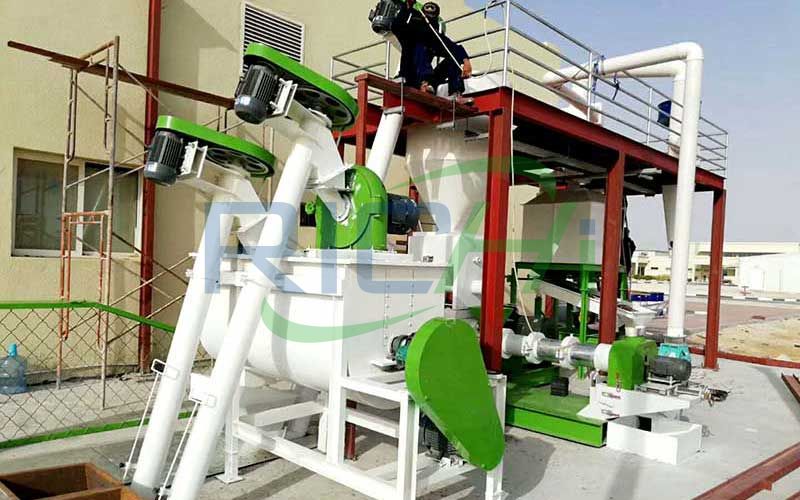
Production process of fish, shrimp, crab and turtle aquatic pellet production line
1. Cleaning of raw materials and one-time coarse
crushing The raw materials used in feed mills generally have two forms: one is powder, they do not need to be coarsely crushed. This kind of raw material can be directly passed through the lower pit and the hoist, then enter the cone cleaning screen to remove impurities, and then magnetically selected, directly into the batching bin through the distributor or the screw auger to participate in the first batching; the other is The coarsely pulverized material --- pellets are required. After the material enters the cleaning equipment through the blanking pit and the hoisting machine to perform the demagnetization treatment, it enters the warehouse to be pulverized, and then passes through the coarse pulverization of the pulverizer, and then enters the ingredient warehouse through the hoist and the distributor to participate in the first batching. . For individual raw materials, such as shrimp shells, they can be directly sieved into the warehouse to be pulverized without undergoing primary screening. A coarse pulverization is a pre-treatment process for superfine pulverization in aquafeed processing. Its main purpose is to reduce the particle size difference and variation range of the material, improve the working condition of the ultrafine pulverizer, and improve the working efficiency and guarantee of the ultrafine pulverizer. At the same time, in order to improve the working environment of workers and reduce cross-contamination, it is recommended to use an independent dust-removing wind network, that is, the feeding port adopts an independent dust-removing system.
2. The first batching and mixing
The first batching is mainly the preparation of the mass material, that is, the formulation of the larger material in the formula. This process is mainly done by electronic batching scales. However, special attention should be paid to the arching of the batching bin during the first batching process. This aquatic fish feed pellet machine mainly due to the fact that the raw materials of the aquatic feed, especially the high-quality aquatic feed ingredients, are light in weight and poor in fluidity of the materials. Therefore, certain anti-cagging measures should be taken for the batching bin, such as eccentric discharge and vibration motor. For the first mixing, a single-shaft horizontal ribbon mixer can be used, and the grease addition system must be considered on the mixer. The first batching and mixing is also the pre-treatment process of superfine pulverization. It is mainly to reduce the variation range of material size, improve the working condition of the pulverizer and improve the working efficiency of the pulverizer to ensure the quality of the product.
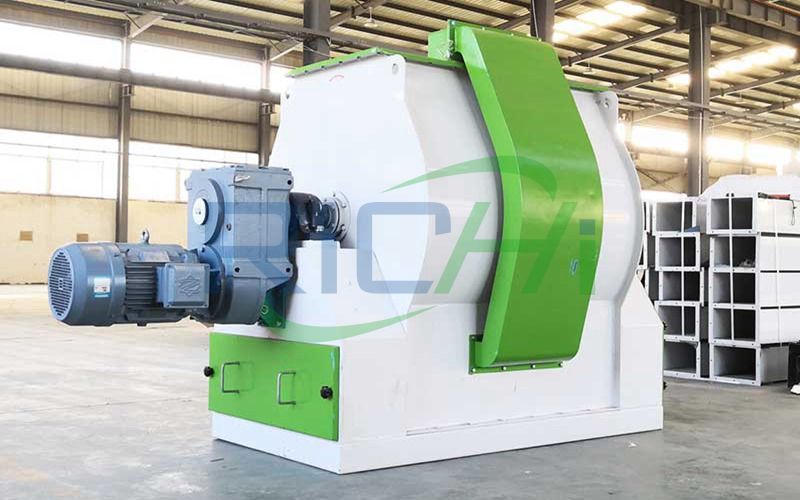
3. Secondary pulverization and secondary compound mixing
Because aquatic animals have low food intake, short digestive tract and poor digestion ability, the aquaculture feed requires fine granulation to increase the surface area of the feed and increase the digestive juice of aquatic animals. The contact area of the feed increases the digestibility and feed remuneration of the aquatic animals; and because of the low intake of aquatic animals, the uniformity of the feed can be reflected in a smaller range, which also requires the aquafeed to have Finer granularity. If the shrimp material is to pass through the 40 mesh analysis sieve, the 60 mesh sieve material should be less than 5%, so the micro-grinding process must be adopted. In the secondary pulverization process, the once mixed material is lifted by the hoist and then enters the pulverized warehouse, and then enters the micro pulverizer. Micro-grinders now use vertical shaft micro-grinders in aquafeed processing, with powerful air-conditioning equipment, and then enter the rotary grading screen. The purpose of configuring the rotary grading screen here is mainly to remove the fine fluff formed by the coarse fibers in the feed during the pulverization process, because the presence of these fine fluff easily adheres around the die hole of the puffing machine until the die hole is blocked, resulting in The machine is cleaned up, so it must be removed.
The cleared material is subjected to secondary compounding and mixing. Since the fineness of the material entering the secondary batch mixing chamber is above 60 mesh and the density is small, special attention should be paid to the arching phenomenon. In order to eliminate this phenomenon, on the one hand, the eccentricity can be used to expand the hopper. On the other hand, all the ultra-finely pulverized material discharge machines adopt the impeller feeder, which not only has a broken arch mechanism, but also can flexibly adjust the flow rate. size. After the various raw materials are sub-batched, they enter the secondary mixer. There is a manual feeding port above the secondary mixer, which is mainly used for the addition of trace additives, and a liquid adding mechanism is provided on the mixer for the addition of grease; one is for the addition of water. In the secondary mixing process, various materials must be thoroughly mixed, and the coefficient of variation CV is less than 7%, which is the key to ensure the quality of the product. Therefore, the mixer must use a model with excellent performance, such as a double-shaft horizontal blade mixing. The aquatic fish feed pellet machine has high mixing uniformity, high output and fast mixing speed. After the secondary pulverization and secondary compounding, the material enters the subsequent process---expansion granulation process.
4. Puffing and granulating process
In the extrusion process, the material actually undergoes a cooking process under high temperature, high humidity and high pressure conditions. In this process, the physical and chemical properties of the material change strongly, and at the moment when the material is extruded from the die hole, the moisture in the feed is immediately converted from the liquid to the gaseous state from the feed due to the sudden drop of pressure from high pressure to about 100 kPa. Thereby the material is puffed to form a so-called puffed feed. Because this kind of feed not only has the advantages of general hard pellet feed - good palatability, avoiding automatic grading of products, facilitating transportation, helping digestion, reducing waste during feeding, etc., but also has unique advantages: in feed The starch has a high degree of gelatinization, the protein is more digestible, and the animal has improved utilization of the feed; it has excellent floating property, and is convenient for observing the feeding condition of the fish, and can control the water pollution to the maximum extent. These are also the main reasons why expanded feeds are widely used. After the material is extruded by a puffing machine, it forms wet and soft particles (water content is 25%~30%). At this time, it is better to use pneumatic conveying instead of lifting machine. Because the lifting machine is easy to cause the particle to break and increase the powdering rate; the pneumatic conveying method can not only quickly form a layer of colloidal coating on the surface of the particle, reduce the particle breakage, but also can shape the particle. . Due to its high moisture content, the material transported by pneumatic force must be dried in a dryer to reduce the moisture content of the material to about 13%. There are many kinds of dryers. The author believes that when the diameter of the particles is less than 4mm, a vibrating fluidized bed dryer can be used. When the diameter of the particles is larger than 4mm, a belt dryer can be used, or horizontal float drying can be used directly. machine. Because this dryer allows the material to be semi-suspended on the entire water surface., not only the drying effect can be guaranteed, but the damage to the particles can be minimized. After the material is dried, it enters the outer spraying system. The external spraying of the particles is mainly to meet the energy requirements of the fish and to reduce the loss of heat-sensitive substances during processing. The nutrients that should not be added in the previous process can be supplemented by spraying, and at the same time, it can improve the palatability of the feed and reduce the powder content. The optimal working temperature for this process is around 80 ° C. After the material passes the outer spray system, it can enter the counterflow cooler for cooling.
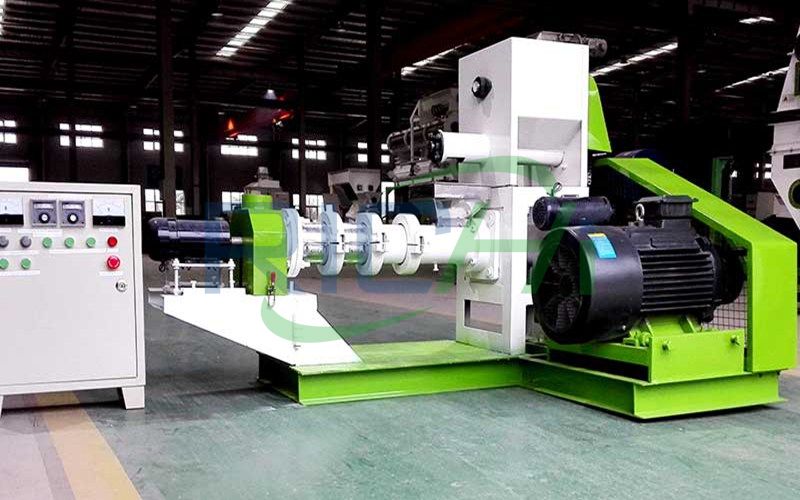
Puffing and granulating process
5. Finished product processing and packaging
The cooled material is lifted by a hoist and then crushed into a plane rotary screen for classification. The classification sieve is generally a two-layer sieve. The lower sieve is the finished product, which can be directly entered into the finished product bin, and then weighed and packed. The upper sieve must return to the crusher to be crushed. The lower sieve is usually fine crushed material and can be returned to the batching bin as waste. The production process analyzed above is the conventional configuration of the current aquatic extruded feed processing technology. Using this process, sinkable feed, slow sinking feed, and floating feed can be produced. Although the extruded feed processing technology has been recognized by many manufacturers as a new processing technology, it has not been widely used because its investment is much larger than that of the hard pellet feed processing technology. Nevertheless, the puffing process is the development trend of the feed processing industry in the future. Especially in the application of aquatic animal feed and pet feed, it will definitely replace the traditional hard pellet feed processing process.
The above is the article for you: Production process of fish, shrimp, crab and turtle aquatic pellet production line. If you are interested in our products or project solutions, please contact us. We will give you the best product quality and the best price. Email: enquiry@pellet-richi.com
Related Product
Production Line Equipment
related News
- >Delivery 200kg/h Floating Fish Feed Production Machine Line to Mol
- >Uzbekistan 5t/h Aquatic Sinking Fish Feed Production Machine Line
- >Uzbekistan Nukus Chicken and Fish Feed Joint Pellet Production Lin
- >Uzbekistan Gizak 1t/h-2t/h Animal Feed Processing Plant for Floati
- >The Best-selling Commercial Automatic Pet Food Pellet Production L
- >Uzbekistan Tashkent 1-2 T/Hh Cattle and 1 T/H Fish Feed Production
- >Uzbekistan 10-15 TPH Chicken Mud Feed and Pellet Production Line W
- >Production and Processing Project of 300,000 Tons of Powdered Catt
- >Uzbekistan 1-2 T/h Cattle Feed Extruded Line and 1 T/H Floating Fi
- >Processing Project of Large-scale Feed Pellet Production Line With
Here you can submit any questions and we will get back to you as soon as possible. We will not disclose the information you submit to anyone, please rest assured.
Copyright© 2022 Richi Machinery. All rights reserved. Site Map


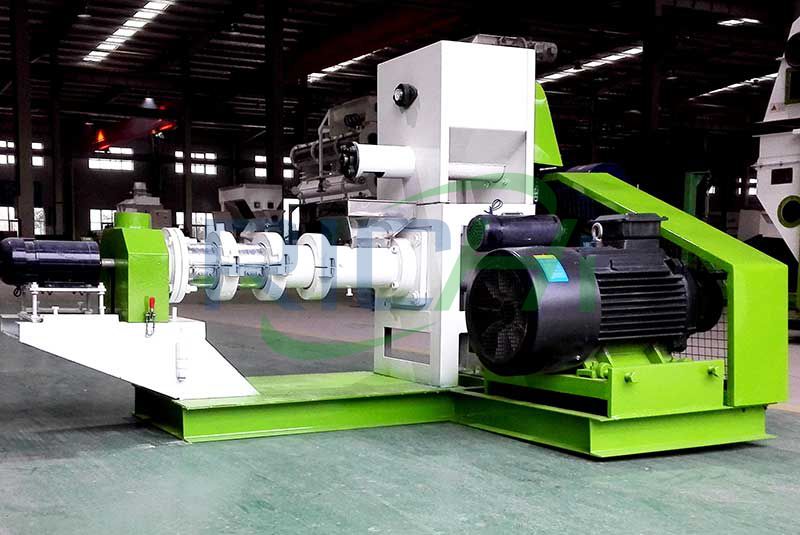
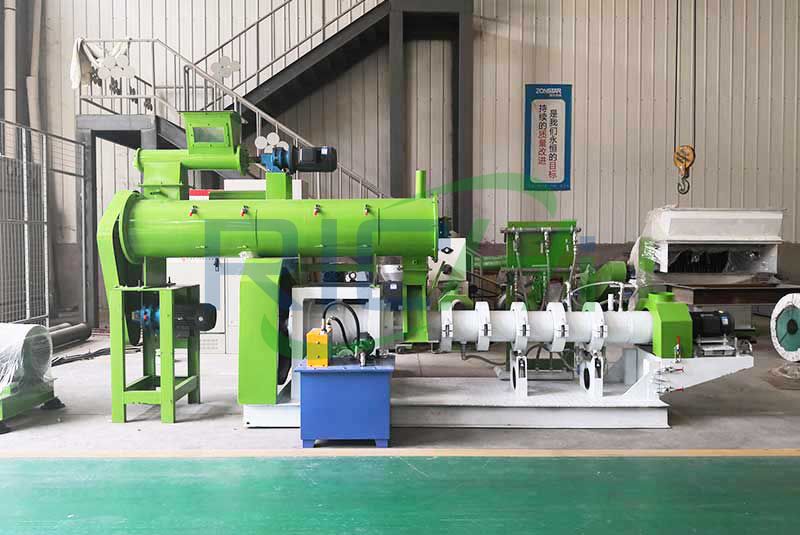
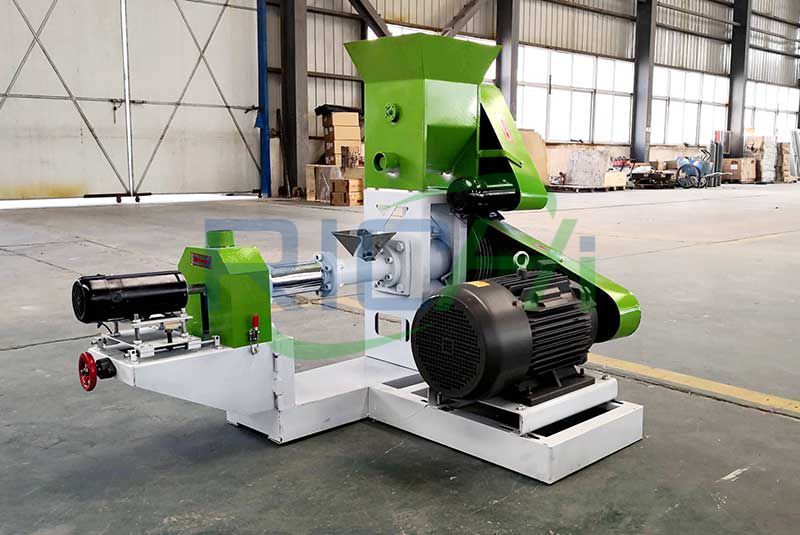
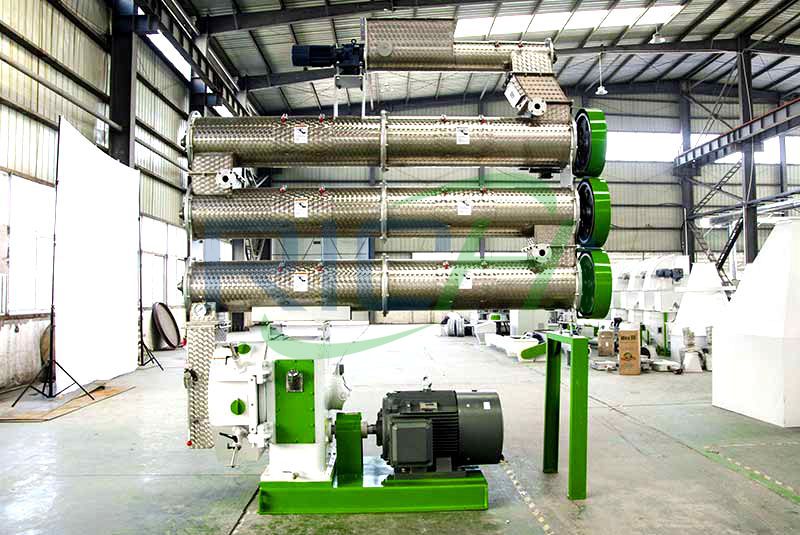
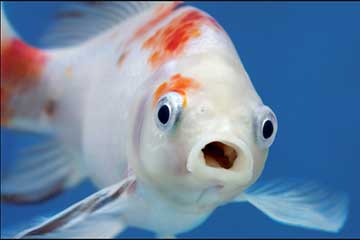
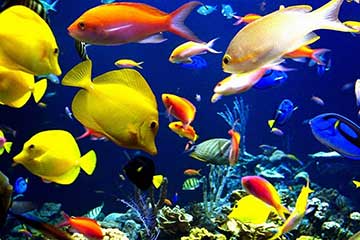
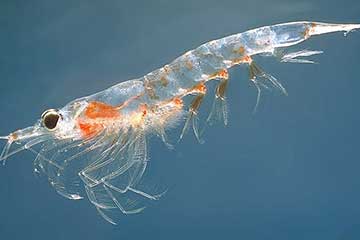
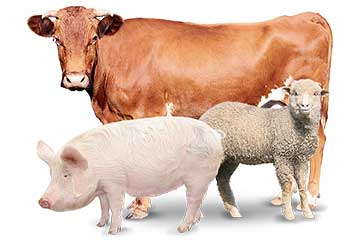
 Product Center
Product Center Get Latest Price
Get Latest Price